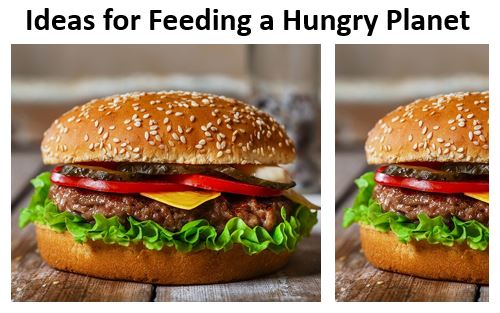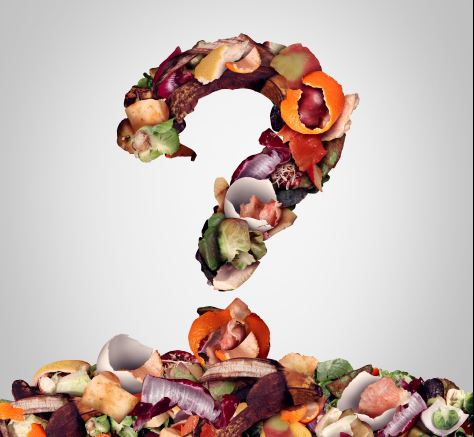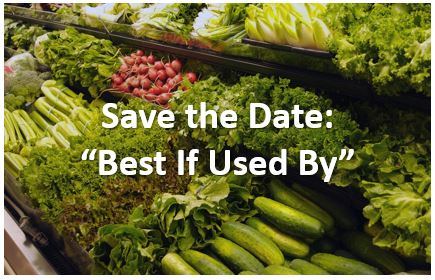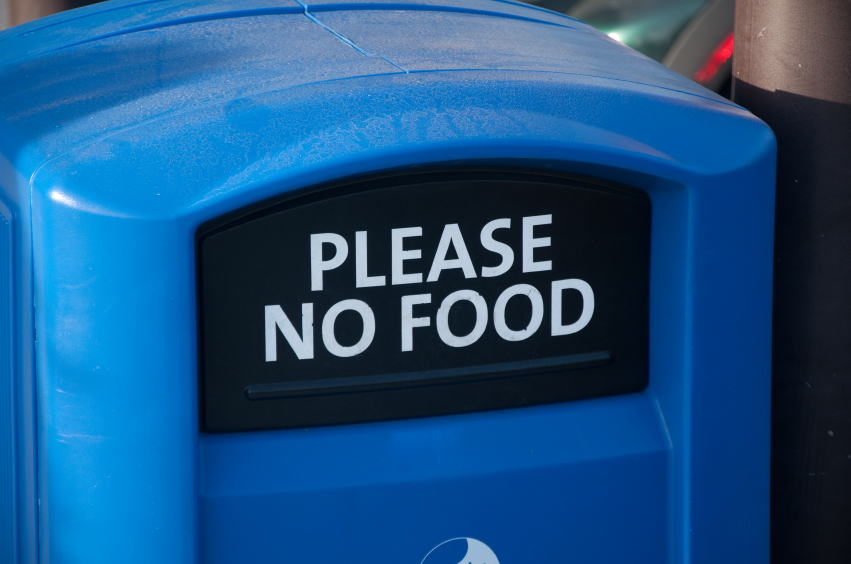
by Kevin Payne | Aug 6, 2019 | Food Waste, Sustainability
We need to come up with new approaches to feed a hungry planet. In a recent article in NPR’s The Salt, reporter Allison Aubrey makes the case that many people in the world today are malnourished and do not get enough fruits and vegetables. And, the problem is only going to get worse. In fact, according to a study in The Lancet Planetary Health, “If everyone around the globe began to eat the recommended amounts of fruits and vegetables, there wouldn’t be enough to go around.” What Will We Do When There’s More People to Feed?...Continue Reading...

by Kevin Payne | Jul 30, 2019 | Food Waste
Supply chain waste is a major contributor to the global food waste problem. According to the United Nations Food and Agriculture Organization (FAO), supply chains cause 40% of food waste in North America. Yet, unfortunately, too few people realize that problems in the fresh food supply chain contribute to the waste experienced by retailers and consumers. All too often, the blame for the waste is placed on people that really can’t do much to prevent it. The USA is the Leader in Waste According to a recent article in Supply...Continue Reading...

by Kevin Payne | Jul 16, 2019 | Food Waste, Supply Chain
A recent article in Forbes discussed several approaches to reducing or preventing food waste. The article, Can You Solve Food Waste With An Airbnb Model? begins by citing data from a recent Zest Labs food waste research study measuring and comparing the shelf-life (or freshness) of produce being sold at major grocery chain stores across the United States. Our research found that the freshness of produce – specifically strawberries, romaine lettuce and packaged salad mixes – varied significantly from store to store as well as within...Continue Reading...

by Kevin Payne | Jun 4, 2019 | Food Safety, Food Waste, Freshness Management
On May 23, 2019, the Food and Drug Administration (FDA) issued a letter urging industry-wide adoption of a “Best If Used By” date. The letter seeks to simplify what has for years been a somewhat random system of various dates printed on foods that generally confused consumers and led to waste because consumers – often incorrectly – threw out food because of a printed date, even if the food was still safe to eat. It’s interesting to note that there is only one category of foods that require date labeling: infant formula. For...Continue Reading...

by Kevin Payne | Mar 5, 2019 | Food Waste
How do we go about reducing fresh food waste in the supply chain? The size and scale of the fresh food waste problem is frankly astonishing. According to the National Resources Defense Council, America wastes up to 40 percent of its food from farm to fork to landfill. In terms of specific categories, the NRDC states that retail food waste alone is: 12 percent for fresh fruits 10 percent for fresh vegetables 11 percent for dairy 8 percent for fish and seafood 7 percent for eggs 4 percent each for meat and poultry That’s how much our...Continue Reading...

by Kevin Payne | Jan 2, 2018 | Food Waste
What do date labels actually mean and have you ever been confused by the “Best if Used By” date? If so, you’re not alone. It turns out one of the major contributors to food waste is confusion related to the various dates on foods. America wastes 40% of its food, but a lot of what we toss out is still perfectly safe to eat. And, according to the Food Manufacturing Institute (FMI), about 44% of food waste sent to landfills comes from consumers, and they state that addressing consumer confusion around product date labeling could reduce...Continue Reading...








